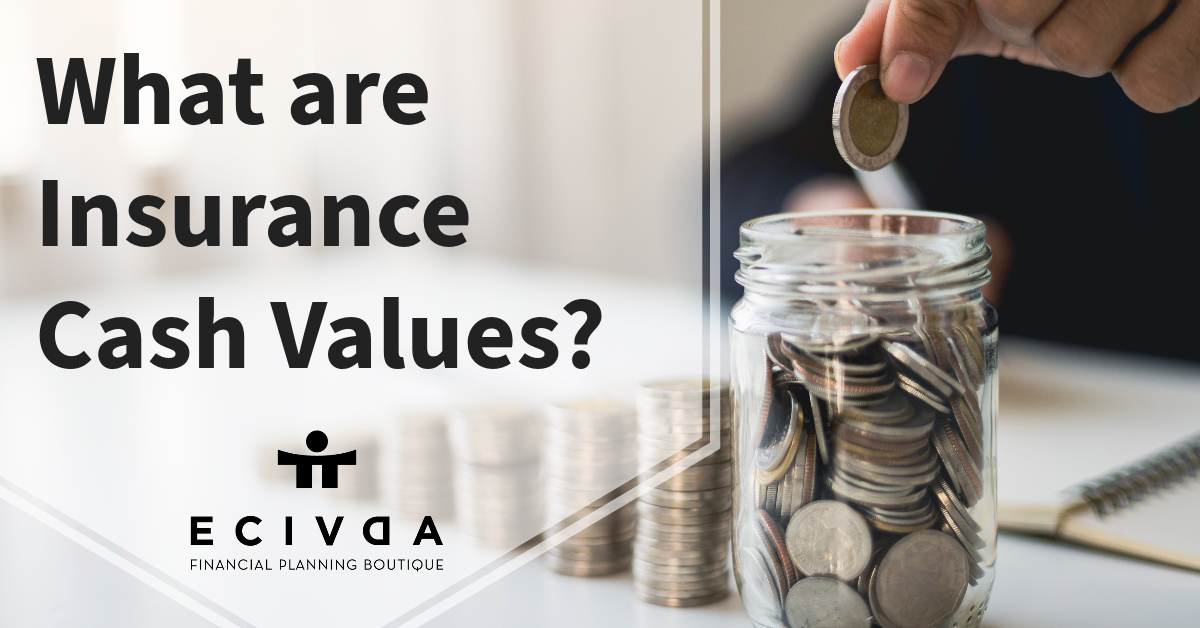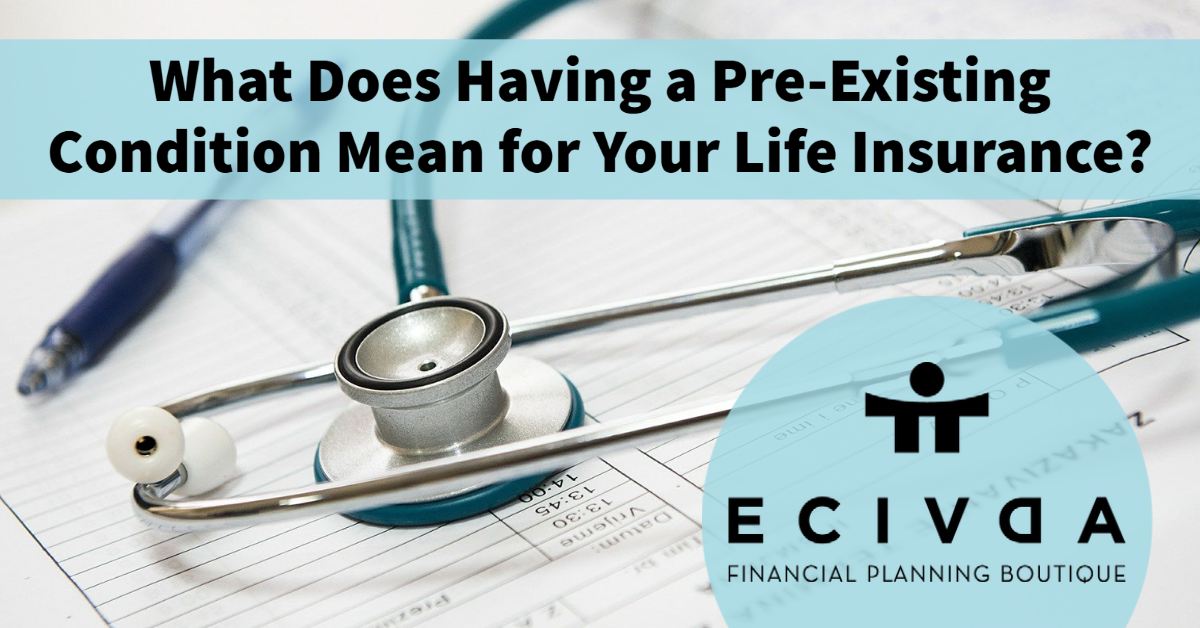What Does Having a Pre-Existing Condition Mean for Your Life Insurance?
Executive Summary
It’s a common misconception that having a pre-existing condition means that you automatically do not qualify for life insurance. The good news is this is not always the case and armed with a good life insurance agent, many individuals with pre-existing conditions get approved for insurance. The path to being insured just may look a little different for someone with a medical condition.
What You Need to Know
Work with a Broker – There are many life insurance carriers in Canada and each company has a different set of underwriting guidelines and level of flexibility. It is crucial to reach out to a number of companies when trying to get a pre-existing condition covered. Working with a broker is the most efficient way to research companies as most life insurance brokers have the ability to work with any company they choose. This also means they will have knowledge of which companies work best for hard-to-insure clients.
Understand Traditional Underwriting vs Non-Medical Underwriting – Many companies now offer non-medical underwriting. This usually means that applicants will be asked a number of medical questions and if the questions satisfy the insurance company, then the insurance will be approved. If they don’t, the application will be rejected. This can work in the favor of someone with a pre-existing condition if the questions either:
-
-
- do not ask bout that particular condition
- the question asked about that condition is forgiving (example: you are diabetic, but the application only asked if you are an insulin dependent diabetic).
-
However, sometimes traditional underwriting can be the best option for someone with a pre-existing condition. Traditional underwriting can allow you the opportunity to make a case for a well-managed pre-existing condition through in person exams and doctors statements. If the applicant doesn’t qualify for non-medical insurance because of a condition, there is usually no wiggle room with the insurer.
Manageable Condition vs Severe Condition – Not all pre-existing conditions are treated the same by insurers. Life insurance companies put each applicant through an underwriting process that uses in person medical exams, claim histories, and underwriting guides to determine whether or not they will insure someone. There is a big difference to an insurance company between someone with a manageable condition and someone with a severe condition.
For example, having high blood pressure is considered to be a pre-existing condition. However, it is a condition that can often be managed by medication and lifestyle choices. Therefore, an insurer may look at someone with high blood pressure and determine that their condition is well under control and be willing to make an offer to insure.
Conversely, someone who has been diagnosed with a terminal cancer would be considered to have a severe and unmanageable condition that would cause the insurer to reject the application.
Guaranteed Acceptance Products – Many companies offer guaranteed acceptance life insurance products and sometimes this is the only option for applicants with a pre-existing condition. These products are typically offered with high premiums and small face amounts. As well as higher premiums, they usually contain a deferred provision. This means that the insured is expected to pay premiums for two years before the insurer will pay out the death benefit. In the event the insured dies within the first two years, the premiums are most often paid back to the beneficiary. This can be a good option for those who are otherwise uninsurable but would like to have something to cover final expenses.
The Bottom Line
Knowledge is power when it comes to getting approved for life insurance and so is having a good advisor to guide you along the way. Be sure to bring a complete list of medical conditions and any medications you are on when meeting with a life advisor so that they can help you sort through companies and products to find the best fit for you.







